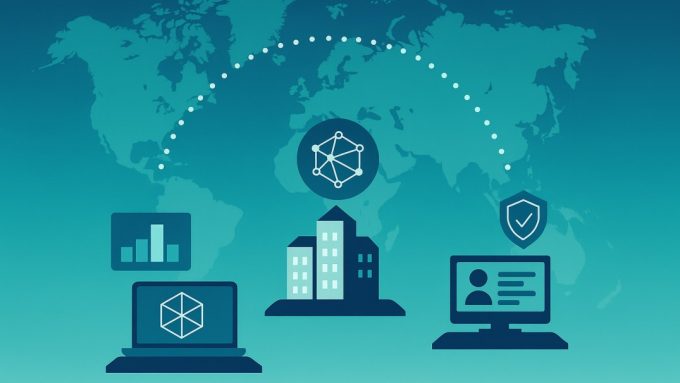In my first article, I explored the basic concept of digital twins. Fundamentally, they are a digital replica of a physical thing – a ‘twin’. But depending on maturity, this replica can range from a simple representation of a local component, all the way to a fully integrated and highly accurate model of an entire asset, facility or even a country, with each component dynamically linked to engineering, construction, and operational data.
This broad range of what a digital twin can be has made defining and understanding them extremely difficult, with disagreement on what level of maturity or features constitute a ‘true’ digital twin. Inflated market expectations, promising more than is currently achievable, have further complicated things.
In this second article (attachment below), I put forward a maturity spectrum in an attempt to offer more clarity and understanding. Undoubtedly there will be critics, but it has been tested extensively cross-industry and seems to offer a clear framework for simply articulating what a digital twin is at each element of maturity.
I welcome feedback as industry continue working to create a common definition.


Leave a comment